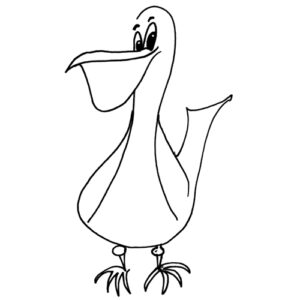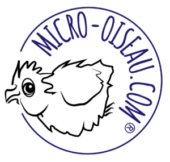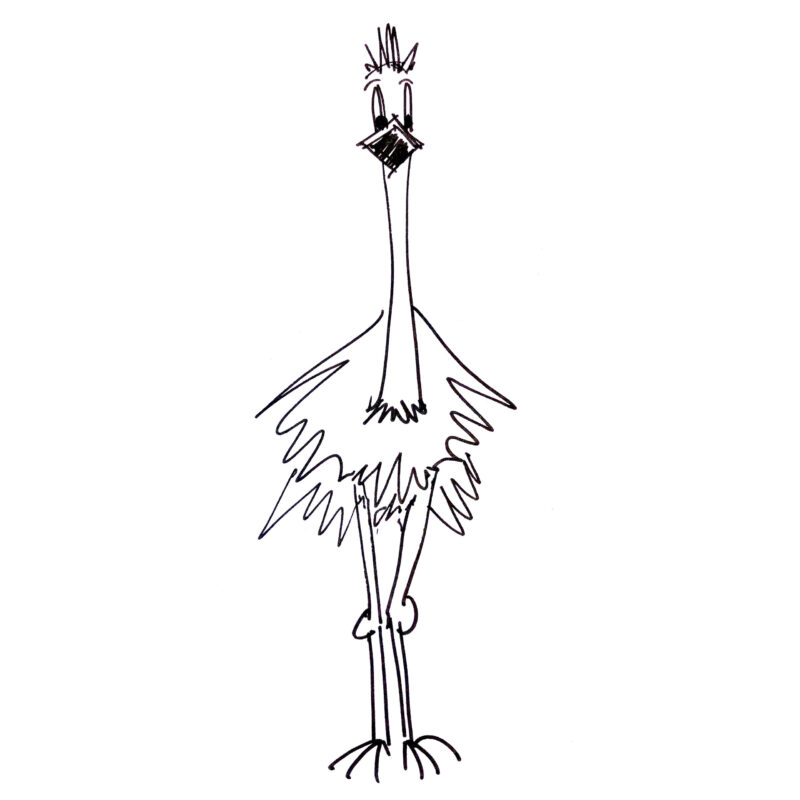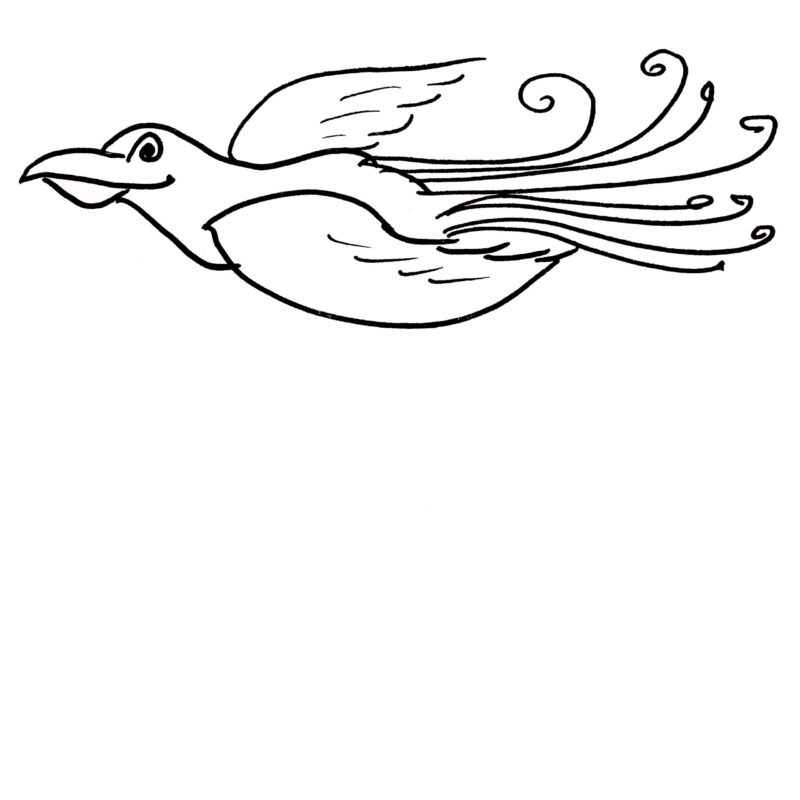#5 Creative Accuracy: how to translate straplines and slogans – highly creative content
“Creative Accuracy”
Now there are two words not usually used together.
But that’s often what it takes to get a high-quality translation.
That’s especially true when it comes to one of the shortest pieces of text you may ever need to translate for your business: your strapline, also known as a slogan or tagline.
Why are slogans so hard to translate?
It’s just a few words. What could be so hard?!
In translating, as in writing, it’s often the shortest texts that are the hardest to get right.
Because we have to make a lot of hard choices about what NOT to say.

A strapline or slogan is a key marketing tool for a brand. It can take months to find the right combination of words to convey the right tone, meaning, even humour. When a slogan is translated, we have to think long and hard both about what’s important to us and about what’s important to our readers. We also need to consider what our readers already know, so that we don’t say things that don’t need to be said.
In short:
“Context is king.”
Our own understanding of words and phrases and that of our readers. The unstated knowledge that both sides of the content equation – creator and reader – share in one way or another.
It’s a big part of why machine translation (Google Translate, for example) can go so laughably wrong. A computer algorithm simply can’t understand the unstated knowledge or context or subtext of any given sentence. It can’t know why a writer chose a certain word or what exactly a reader will understand or, more importantly, feel when that word is used.
Another way to look at it is in terms of “storytelling”
A slogan is a bit like the title of a book or a film. In very few words, it attempts, in some way, to convey to the reader what your business is all about: what’s your story?
A good slogan needs to:
- Generate interest, or a sense of intrigue or curiosity
- Touch some sort of nerve that makes you want to experience that story more deeply.
- Establish some point of commonality between your business and your customers, so that they will want to learn more
To do this, it also needs to be specific to the culture of the reader.
Between one culture and another
Whether you came up with your business’s slogan by inspiration, imitation, or perspiration, getting that slogan translated properly may be even harder.
Take this all-too-common Italian turn of phrase:
“tra [x] e [y]”
It’s used ALL. THE. TIME. in slogans, in headings, in titles. If I had a euro for every time I’ve had to translate a version of this…
Anyway, it translates literally as “between x and y”, so you can probably see how it might not work so well in English. But let’s look at a made-up example:
“Acme: tra qualità e innovazione” — literally: “Acme: between quality and innovation”
Now, I’m not going to judge the quality of this made-up Italian example. Maybe it would work. Maybe it wouldn’t. But it’s an approach used so often in Italian that it must be working for some.
The literal translation, though, would not be a good slogan. Why?
Because, while the Italian touches on something deeply cultural within the Italian reader, the English translation would be read by an English reader as a pointless string of words.
So what now?
It’s all about telling your story in a way that captivates an audience in a different culture. To do this, you first need to establish a relationship of trust with a translator who can:
- Understand you, your business, and the story you want to tell
- Tell that story in an engaging way in their native language
Think about it. How can you give a title to a story you’ve never heard? In the same way, the person you hire to translate your slogan will need to learn as much about you and your story as they can in the time available.
Don’t expect to just give the translator your current slogan and say, “Translate this.” you’ll be asking for trouble.
You may want to prepare a brief for the translator that explains what your current slogan is meant to convey. Describe your business’s story — your mission, your history, and your values.
You could also tell the translator the tone of voice and style you’re looking for. This may be obvious from your existing content, but it’s never a bad idea to go over it again together.
Your translator will likely come back with various slogans for you to choose from. They will ideally also explain their comparative strengths and weaknesses, as well as the reasoning behind each of them. If not, ASK.
From here, you can pick two or three of your favorites and test them out. Do some A/B testing on a few landing pages and see what happens. Ask your most trusted customers who speak the language to tell you what they think when they read the slogan.
The bottom line
As a micro entrepreneur, you’re not likely to have the budget to hire a multinational marketing firm to create a new slogan for you. But that doesn’t mean you should just ask the bilingual friend of your neighbour’s cousin to translate your slogan for you.
Think about how much that new slogan is going to be worth to you. Set a budget. And find an experienced translator specialized in marketing who can give you a few options.
Test. Rinse. Repeat.
If you are interested to know how the translation of some big brand slogans have gone badly wrong and how an other countries culture can trip you up, take a look at my earlier guide: How much should translation cost.

Managing a big translation project, read the next in our free translation guides:
#6 Eating the Elephant: how to handle large translation projects
Little guides. Big results.
Guide written by Grey Drane Discover the work of our translators.






